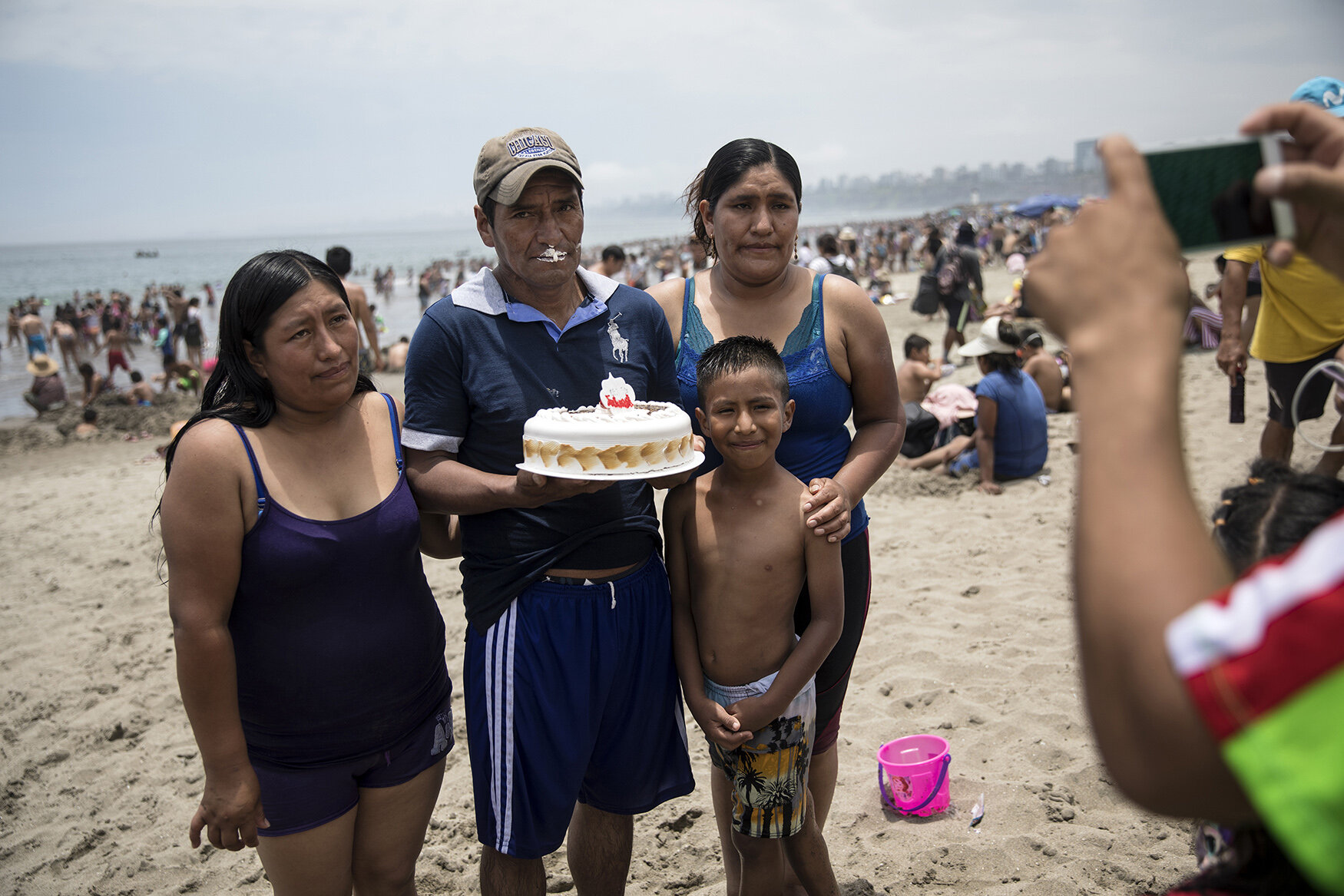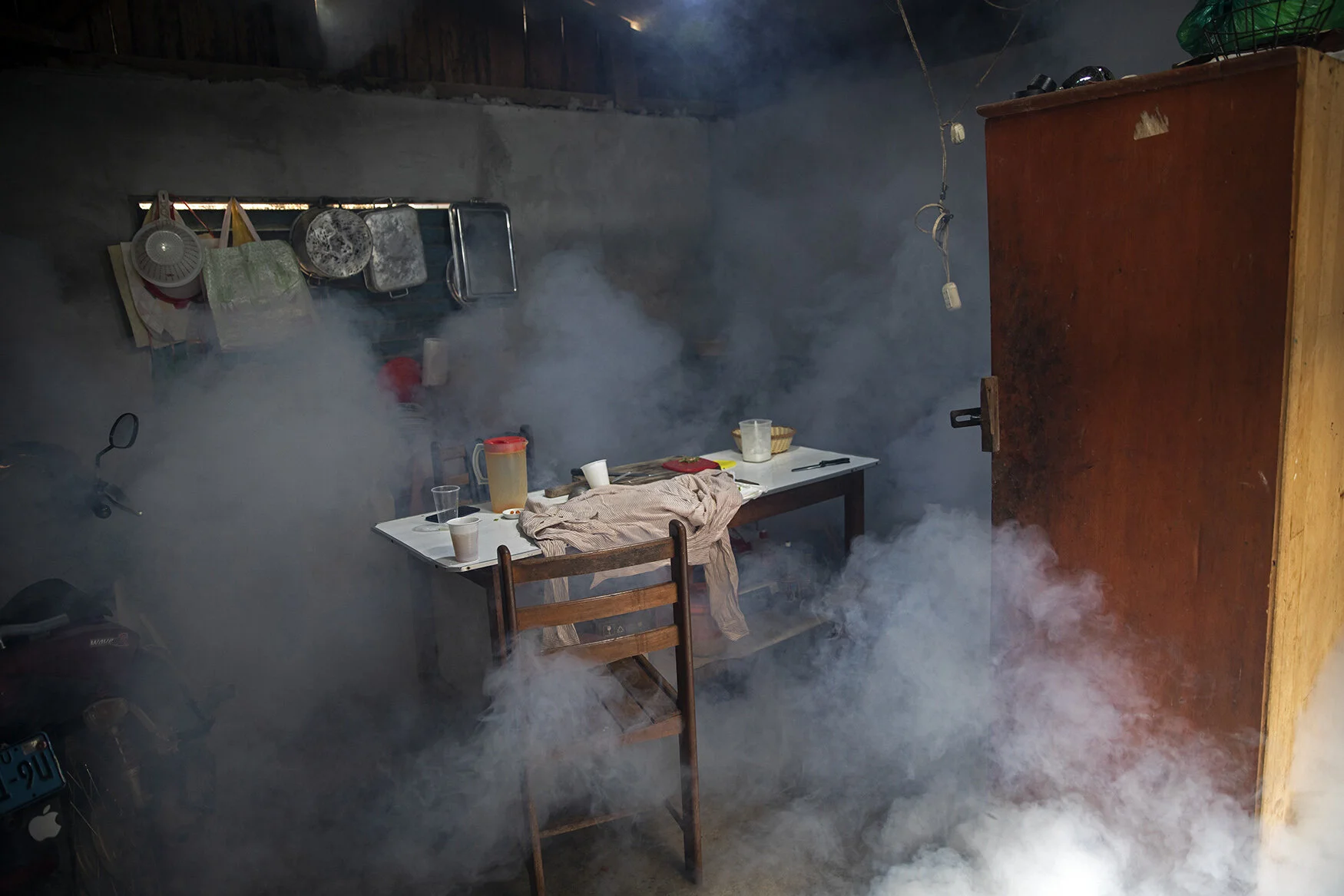Peru's Agua Dulce Beach: Before and After COVID-19

Agua Dulce beach is usually a sea of humanity, packed with as many as 40,000 people a day at the height of Peru’s Southern Hemisphere summer, which runs from December to March.
The new coronavirus pandemic has changed all that. Peru’s President Martín Vizcarra declared a state of emergency as deaths began to mount and ordered people to stay home, largely emptying the beach of people.
The half-mile-long (kilometer-long) strip of grayish-brown sand 12 miles (20 kilometers) south of central Lima is normally a haven for the working classes, a place where visitors from the Andean highlands first dip a toe in the sea.
But in recent days, an army of seabirds has claimed the sandy territory abandoned by people. Densely thronged pedestrian bridges are all but empty. Instead of chaotic human footprints, the beach is tattooed with the tracks of gulls and pelicans.
People walk across a crowded pedestrian bridge leading to and from Agua Dulce beach in Lima, Peru, Feb. 16, 2020. (AP Photo/Rodrigo Abd)
Cesar Daniel Fiestas crosses a popular pedestrian bridge absent of people, after having a swim in the waters of Agua Dulce beach in Lima, Peru, March 24, 2020. (AP Photo/Rodrigo Abd)
Beachgoers rinse off their bodies of sand and salt after swimming in the Pacific Ocean waters at Agua Dulce beach in Lima, Peru, Feb. 15, 2020. (AP Photo/Rodrigo Abd)
Public showers typically overflowing with beachgoers stand empty at Agua Dulce beach in Lima, Peru, March 25, 2020. (AP Photo/Rodrigo Abd)
Text from AP News story AP PHOTOS: Birds claim Peru beach emptied by virus outbreak
Photos by Rodrigo Abd



















